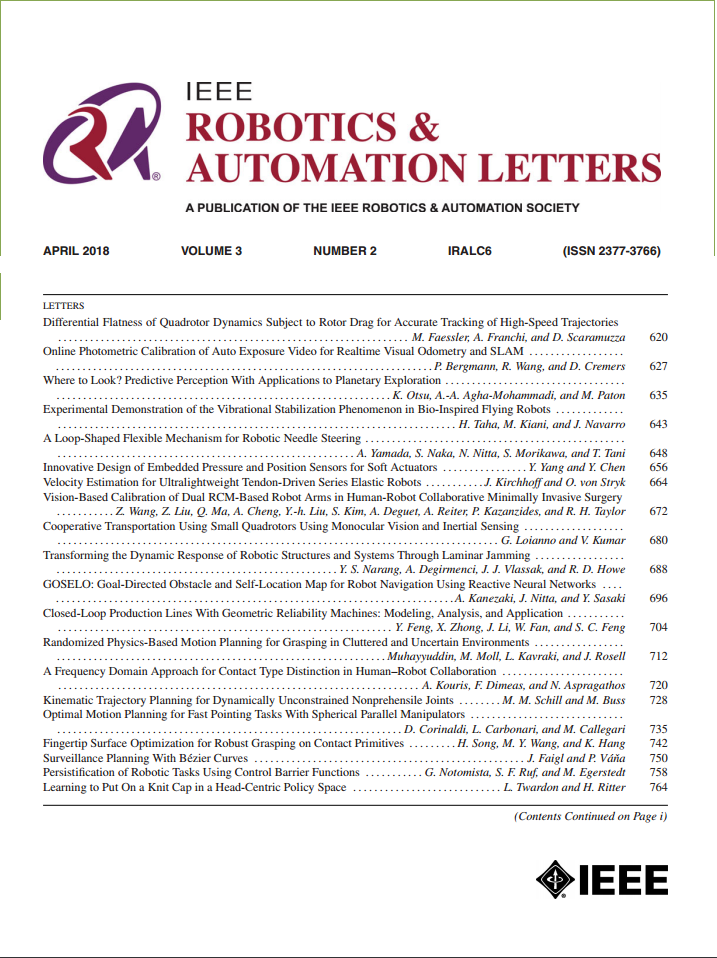基于地图数据的混合交通道路使用者特定轨迹预测
IF 4.6
2区 计算机科学
Q2 ROBOTICS
引用次数: 0
摘要
本文研究混合交通中的道路使用者轨迹预测,即车辆和弱势道路使用者(vru,即行人、骑自行车的人和其他骑自行车的人)紧密共享一个共同的道路空间。我们研究了典型的预测组件(场景图表示、场景编码、路点预测、运动动力学)是否应该针对每个道路用户类别。利用最近的VRU-heavy View-of-Delft Prediction (VoD-P)数据集,我们研究了几个方向,以提高最先进的基于地图的预测模型(PGP, TNT)在城市环境中的性能。首先,我们考虑使用特定于类的映射表示。其次,我们研究了模型的不同组成部分的权重是否应该按类共享或分离。最后,我们通过记录车辆从360度激光雷达扫描中自动提取轨迹来增强VoD-P训练数据。这些数据是公开的。我们发现,在自动标签上对模型进行预训练并使其特定于类别,对于行人、骑自行车的人和车辆,minADE ($K = 10$ samples)分别减少了22.2%、20.0%和18.2%。本文章由计算机程序翻译,如有差异,请以英文原文为准。
Road User Specific Trajectory Prediction in Mixed Traffic Using Map Data
This paper studies road user trajectory prediction in mixed traffic, i.e. where vehicles and Vulnerable Road Users (VRUs, i.e. pedestrians, cyclists and other riders) closely share a common road space. We investigate if typical prediction components (scene graph representation, scene encoding, waypoint prediction, motion dynamics) should be specific to each road user class. Using the recent VRU-heavy View-of-Delft Prediction (VoD-P) dataset, we study several directions to improve the performance of the state-of-the-art map-based prediction models (PGP, TNT) in urban settings. First, we consider the use of class-specific map representations. Second, we investigate if the weights of different components of the model should be shared or separated by class. Finally, we augment VoD-P training data with automatically extracted trajectories from the 360-degree LiDAR scans by the recording vehicle. This data is made publicly available. We find that pre-training the model on auto-labels and making it class-specific leads to a reduction of up to 22.2%, 20.0%, and 18.2% in minADE ($K = 10$
求助全文
通过发布文献求助,成功后即可免费获取论文全文。
去求助
来源期刊

IEEE Robotics and Automation Letters
Computer Science-Computer Science Applications
CiteScore
9.60
自引率
15.40%
发文量
1428
期刊介绍:
The scope of this journal is to publish peer-reviewed articles that provide a timely and concise account of innovative research ideas and application results, reporting significant theoretical findings and application case studies in areas of robotics and automation.
 求助内容:
求助内容: 应助结果提醒方式:
应助结果提醒方式:


